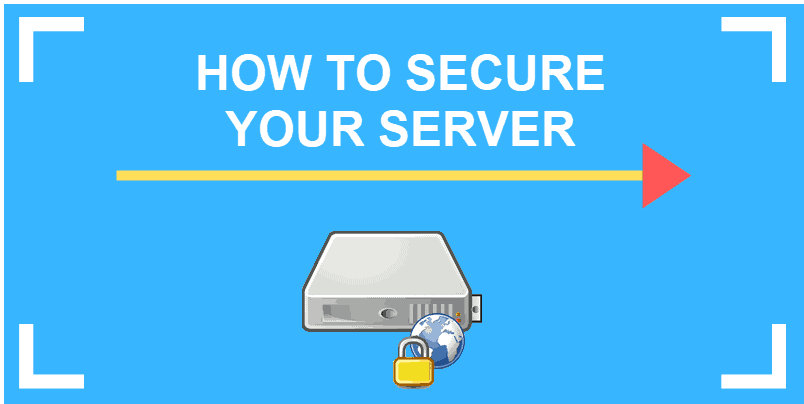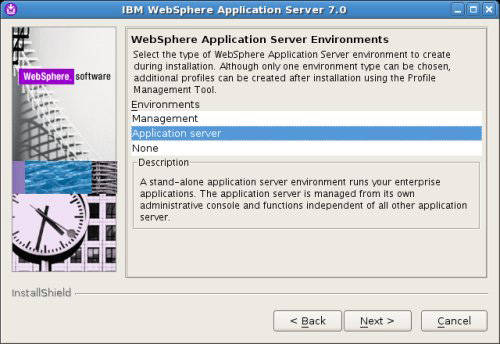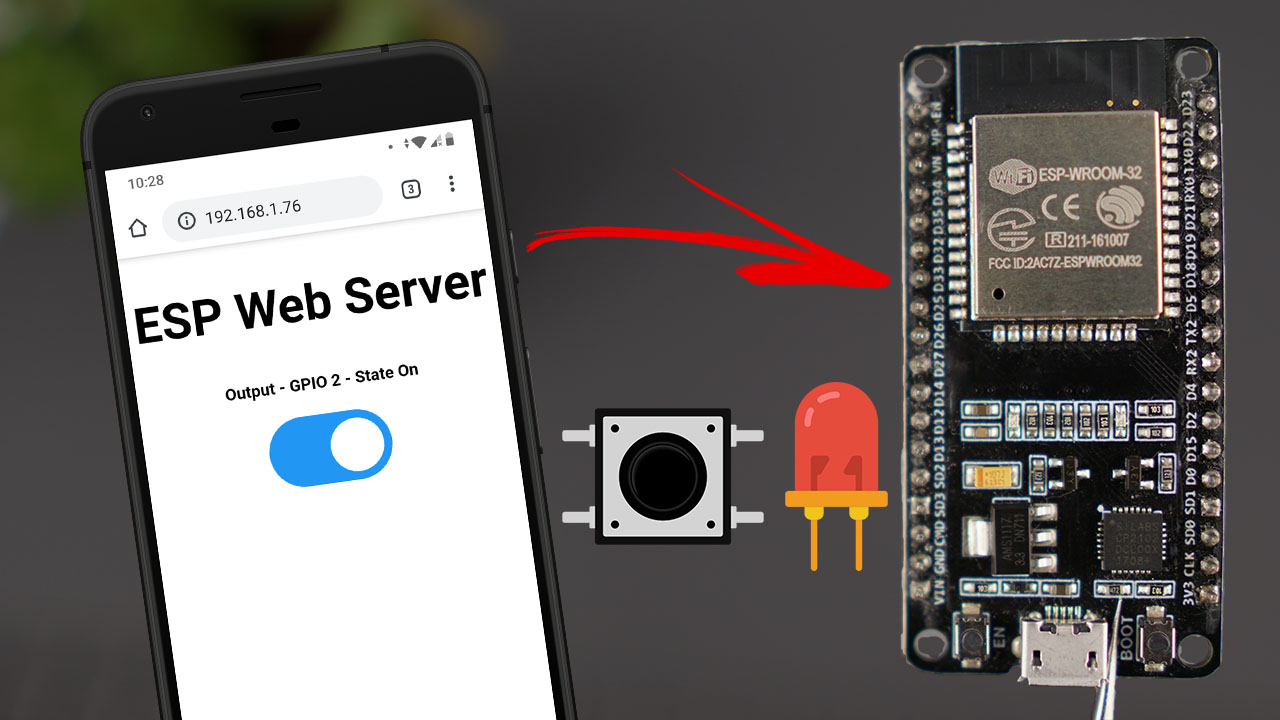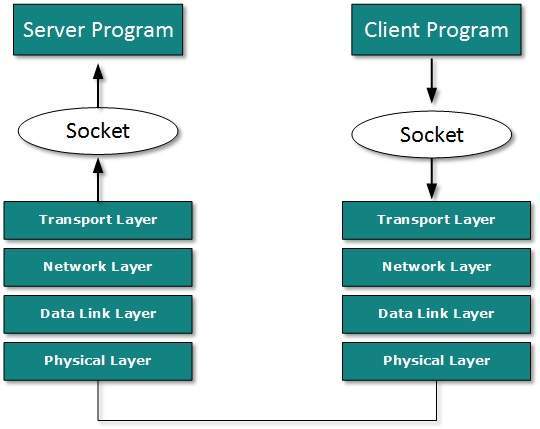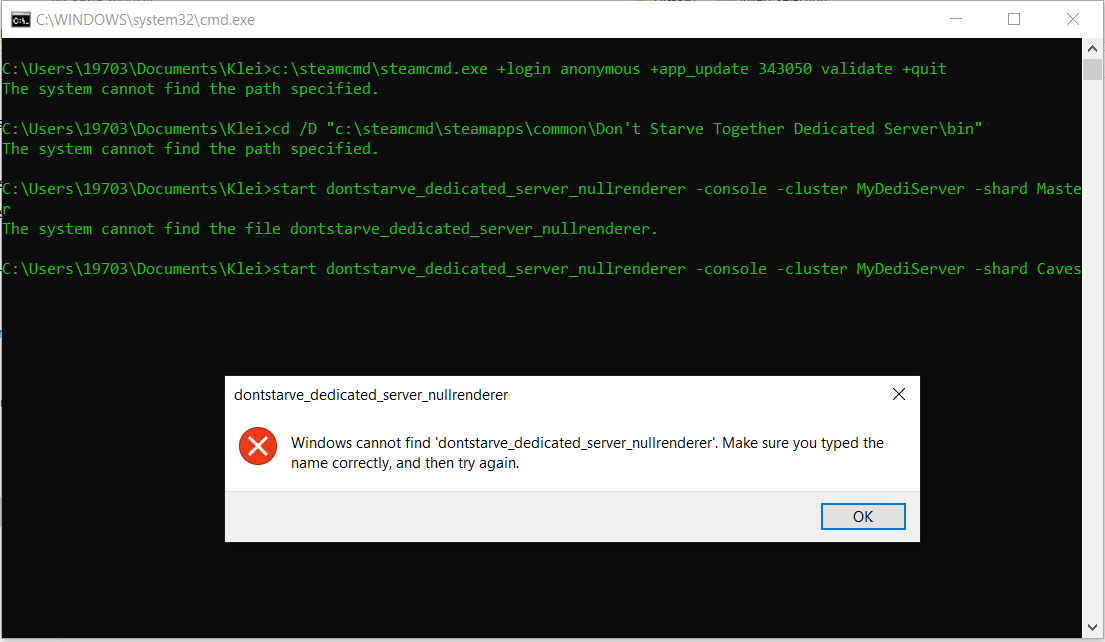How to Harden a Web Server Based on the LAMP Stack
There are several ways to harden your web server, from the basic to the advanced. Linux is known for its support for multiple user accounts, which increases the number of attack vectors. This tutorial will cover the various ways to harden your web server. Depending on your preferences, you can choose to harden only the core software on your server or just the web applications you use most. In this tutorial, we will discuss each of these methods in turn.
Apache
To secure your Apache web server, you can use the LAMP stack as a base. This open-source stack is highly configurable and supports dynamic HTTP and HTTPS content. You can customize it to your needs by installing extensions and modifying the configuration file. If you need a relational database, you can install MySQL, an open-source database management system. MySQL is used for large-scale as well as small-scale data management. It is important to change the root password to prevent unauthorized access.
MySQL
In this MySQL web server hardening tutorial, we will look at the benefits of using the LAMP stack. As the name implies, this stack is built on a secure architecture, and has well-established encryption practices. This stack also reduces development time. Because it is an open source stack, you can use existing modules and build upon them. The Apache modules get you 80% of the way there. The remaining 20% is up to you.
PHP
The LAMP stack provides a solid foundation for various applications and websites. While most web hosts do not allow you to choose which software stack you want to use, you can use LAMP on shared hosting. You should check with your host whether they will support the application you’re planning to run. Virtual Private Servers are a great place to use software stacks like LAMP, as they enable custom environments.
Perl
If you are looking for a tutorial to harden a Perl web server based on the LAMP stack, then this is the right place to look. Although the process may seem tedious, the whole process should take no more than twenty minutes. Moreover, you will not have to worry about installing new packages as long as you follow the steps in this tutorial. And, if you have ever wondered how to secure the LAMP stack, here are a few tips:
Linux
Securing a LAMP stack-based web server is fairly simple, but it does take a little time. The whole process should take about 15-20 minutes. Here are some tips on how to make your server more secure. Make sure that you restrict access to specific user accounts. The Apache user, for example, should only be allowed to access Apache files and should not be a part of any critical system groups. The same holds true for the MySql user, which should be able to access only MySql tables and PHP calls.
PHP5
This PHP5 web server based on the LAMP stack is built to be secure from a technical standpoint. This stack is designed to simplify the process of creating a web application and focus on technical serving of web pages. The LAMP stack contains three components: a database, a scripting language, and a way to serve to clients. Each component is a separate entity, so security must be a top priority.

